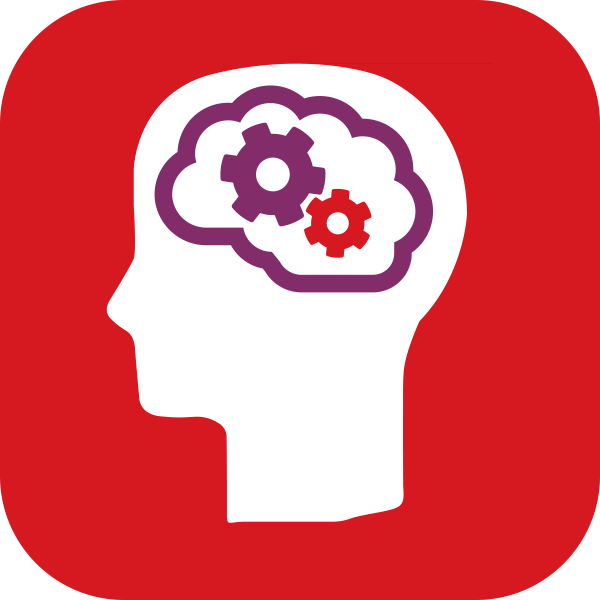“ ”
Data to support personalised learning
The school were able to use the CAT4 data to help them to personalise learning for every child, right from the moment they join the school.
Sonam explains: "In 2017 we started using CAT4 from GL Education. Each incoming child takes CAT4 10-15 days before they join the school at the start of the academic year. Our admissions team run the tests and export the data – these then come to me and the co-ordinator of the school, who analyse the reports and then share the results with the classroom teachers.”
Making the data accessible for teachers
Demystifying the data for teachers was very important, to ensure that they were making the most of the insights offered. So, in the second year of using CAT4, Sonam adopted a new process:
“In the second year, rather than just providing the raw data to the teachers, we split it into groups before we shared it. We took the Standard Age Scores (SAS) for each of the four CAT4 batteries and grouped the students into Support (students whose results fell into very low, low and below average), Average and High Ability (students whose results fell into above average, high and very high). This meant that it was easier for the teachers to look at the data for their class and be able to act on it quickly.
We also triangulated the scores for CAT4 against the children’s attainment data from our internal assessments – comparing the verbal scores with English attainment and quantitative with maths. We got some results that we were expecting, but others not. For example, we could see that for some students the ability was there, but that the attainment wasn’t in line with this. It was a good thought-provoking question for the teachers to look at – ‘Why isn’t this child’s attainment in maths higher, when their CAT4 data shows that they have the ability?’. Then we can look at other factors – is there something that we are doing wrong, maybe the student’s previous school hadn’t been challenging them enough or perhaps there are some underlying problems. That gives us the opportunity to explore more deeply.”
“ ”

Data to support interventions
By grouping the data for each class, teachers were able to support each ability group more effectively.
Sonam explains: “We gave each teacher a target group of students to concentrate on for a term. We then created SOAR – Student Opportunity to Achieve Results – where either after school or in separate intervention groups, they worked with these students on the concepts that they were struggling with. We found that these groups of students often responded well to working in a small group, and the interventions had a good impact.
We also encouraged the teachers to use the Implications for teaching and learning section of the CAT4 reports to support their next steps. We found that by looking at the data, our teachers’ perspective of each child had changed. It helped them to better understand the ways that their students learn, so that they can support them in achieving their best.”
Data to support differentiation
The data has also helped the staff to differentiate their teaching more effectively.
Sonam explains: “You need to know the abilities of each child to be able to differentiate properly, but also to create success for every student. Our teachers were able to create a Track to Learn chart for each unit of the core curriculum and to identify which learning objectives could be achieved by each group.
We also started to prepare two sets of attainment assessments – the lower ability group took the simplified paper and the others took the extended paper which contained higher order thinking skills questions to challenge the higher ability group."
Analysing the results
The differentiated teaching and differentiated assessment have already been having an impact:
"The school’s scores in the assessments have already been showing a 1-2% improvement. It was motivating for the teachers to push each child ahead and see the impact.
The CAT4 data is a great tool to help the school know the potential of each student, supporting the teachers to adjust their teaching strategies and methods to best fit their class needs. It helps us to identify the next steps for each child, informing and supporting interventions, greater challenge and planning.”

